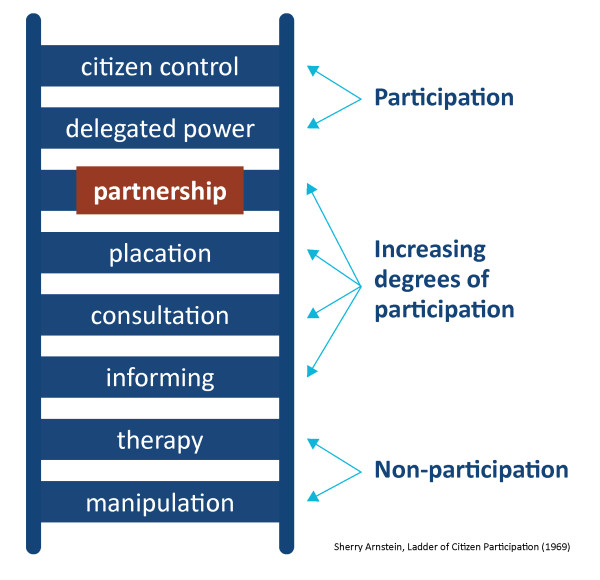To be or not to be? Community Engagement and Renewable Energy
With the release of Andrew Dyer’s report (Australian Energy Infrastructure Commissioner) late last week, it has spurred me to reflect on the practice and art of community engagement and to evaluate where we have come over the years. Unfortunately, I have come to conclude, that we appear to be regressing rather than moving forward.
Andrew Dyer’s report summarised the high levels of community dissatisfaction relating to the way in which renewable energy developers are conducting community engagement; with landholders and community groups highlighting their disappointment in the quality of engagement, and the lack of identification and response to their issues. As Dyer succinctly points out, this is resulting in material distrust in project developers, and high levels of psychosocial impacts at the local community level, as communities across Australia navigate the energy transition.
The pace and scale of change likely to be experienced in rural and regional Australia is large, and for our renewable energy targets to be achieved, will require careful and appropriate management of both environmental and social impacts.
However, in reading the report’s recommendations, I get a strange sense of déjà vu – have we not been here before?
In 1969 Sherry Arnstein, a social planner, developed a ladder of participation that ranged from what Arnstein considered ‘manipulation and therapy’ on the bottom rungs of the ladder through to delegated power and full citizen control at the top of the ladder (Arnstein, 1969). Arnstein believed there was a clear difference between going through the ritual of participation in more tokenistic terms and true or genuine engagement.

While Arnstein provided some early thinking around public involvement and engagement, alongside other theorists such as Daneke, Garcia and Priscoli in the late 1980s, we have seen further evolution in public participation by IAP2 (International Association of Public Participation, 2007), in the development of their public participation spectrum – which defines engagement levels in relation to the increasing impact that stakeholders may have on a decision (from informing through to empowering), with clear goals and promises to the public outlined.
Despite a plethora of guidance and resources available, regrettably, and as clearly highlighted in the Dyer report, we are still seeing engagement fall to the bottom rungs of Arnstein’s ladder, considered merely by some proponents as a ‘tick the box’ exercise. Such practice further extends to our First Nations communities, who have for many decades now advocated for genuine engagement and involvement in the decisions that affect them. This lack of emphasis is also called out in the Dyer report, with stakeholder feedback suggesting insufficient importance placed on the interests of First Nations people (including cultural heritage and awareness), and engagement not adopting the principle of free prior and informed consent (FPIC), despite this principle being protected by international human rights standards and jurisprudence.
So why do some organisations struggle with understanding the key elements that may assist in developing a social license or achieving improved social outcomes, social value, social legitimacy, establishing trust and building company credibility. However, in contrast, some proponents often confuse a community’s acceptance of a project with approval; a community’s cooperation with trust; and the most common one, confusing technical credibility for social credibility.
Whether you are a fan of the term or not, essentially, a social licence is not something that can be developed through one community engagement program. It is rather an ongoing process of building a relationship with community and key stakeholders, listening to their concerns and needs and demonstrating how such feedback has been incorporated in company decision making. It’s about co-design of engagement and assessment programs, transparently sharing information and working collaboratively to develop solutions in response to impacts of relevance and concern.
There is no one size fits all approach to the development of social license, each community has its own characteristics, norms, needs, interests and concerns. Consequently, a company needs to know its community or communities well, and to identify where relationship building can be enhanced as a key prerequisite for social license development and award.
Having been involved in numerous engagement programs over the past 30 years, improved social and environmental outcomes can be achieved through the application of meaningful involvement and use of social/community data and outcomes to proactively inform project and operational planning. Company investment in building constructive and ongoing relationships with their stakeholders provides a strong foundation to manage project or operational change – it’s an investment by both parties, and as in all relationships requires ‘give and take’.
As Andrew Dyer points out, seeking out and utilising appropriate engagement expertise and resources is key to success. Further addressing impacts appropriately and maximising benefits where possible, are also key factors. Impacts are rarely evenly distributed, with some experiencing greater costs of project change and others greater benefits.
So in reading yet another report that highlights the state of play in community engagement, I am disheartened. Working alongside both industry and government clients alike, I have witnessed the power of facilitating a genuine community voice, of integrating local knowledge, and ultimately improving project design and impact management. Just take a moment to consider, that if it was me knocking on your door to inform you of a project in your backyard, would you not want a genuine voice in that process?
In closing, the right to develop renewable energy and facilitate our energy transition is not guaranteed, and very much depends on the approach we choose to adopt, and the value we place on respecting and appreciating the local knowledge and input that communities can contribute to our understanding of planned change and its implications.
As the Dyer report conveys, and which is also encapsulated in a recent headline in The Australian referring to “cowboys versus rural communities” (Packham, 2024); poor practice by a few can cause a considerable risk to transition implementation.
Let us not be blinkered, our experiences across other sectors, such as mining and infrastructure, clearly indicate that better consideration and collaboration are key ingredients for successful change. So, what are we waiting for? Let’s utilise the resources available to us and facilitate a more equitable and just transition, one that can be genuinely considered ‘in the public interest’.
Dr Sheridan Coakes
National Social Practice Lead
Umwelt Environmental and Social Consultants
References
Arnstein, S. R. (1969). A Ladder of Citizen Participation. Journal of the American Institute of Planners, 216–224. Dyer, A. (2024).
Community Engagement Review Report to the Minister for Climate Change and Energy. Canberra: Department of Climate Change, Energy, the Environment and Water (DCCEEW).
International Association for Public Participation (IAP2) (2007). Public Participation Spectrum.
Packham, C. (2024, February 5). Renewable energy cowboys take on rural communities. The Australian.
